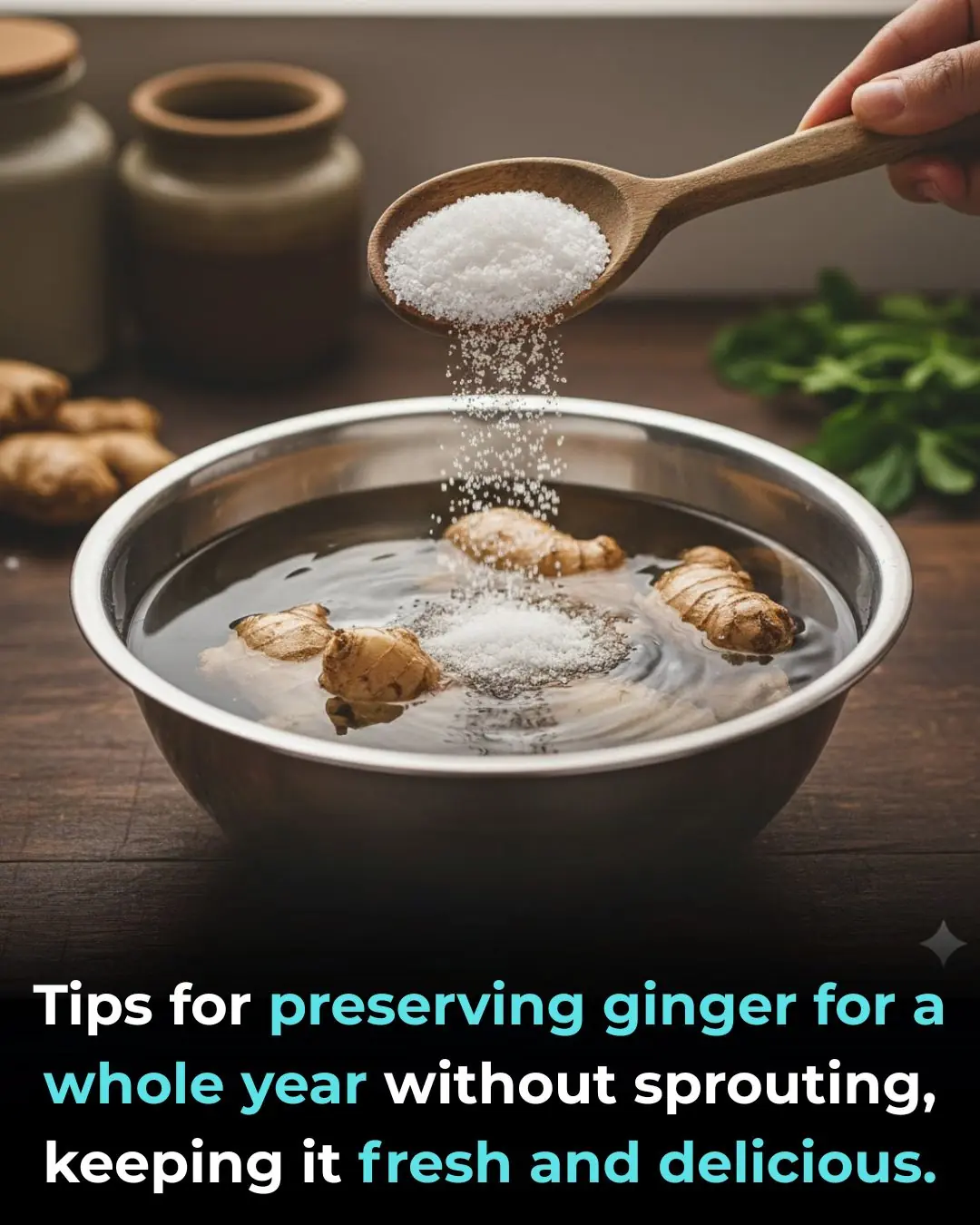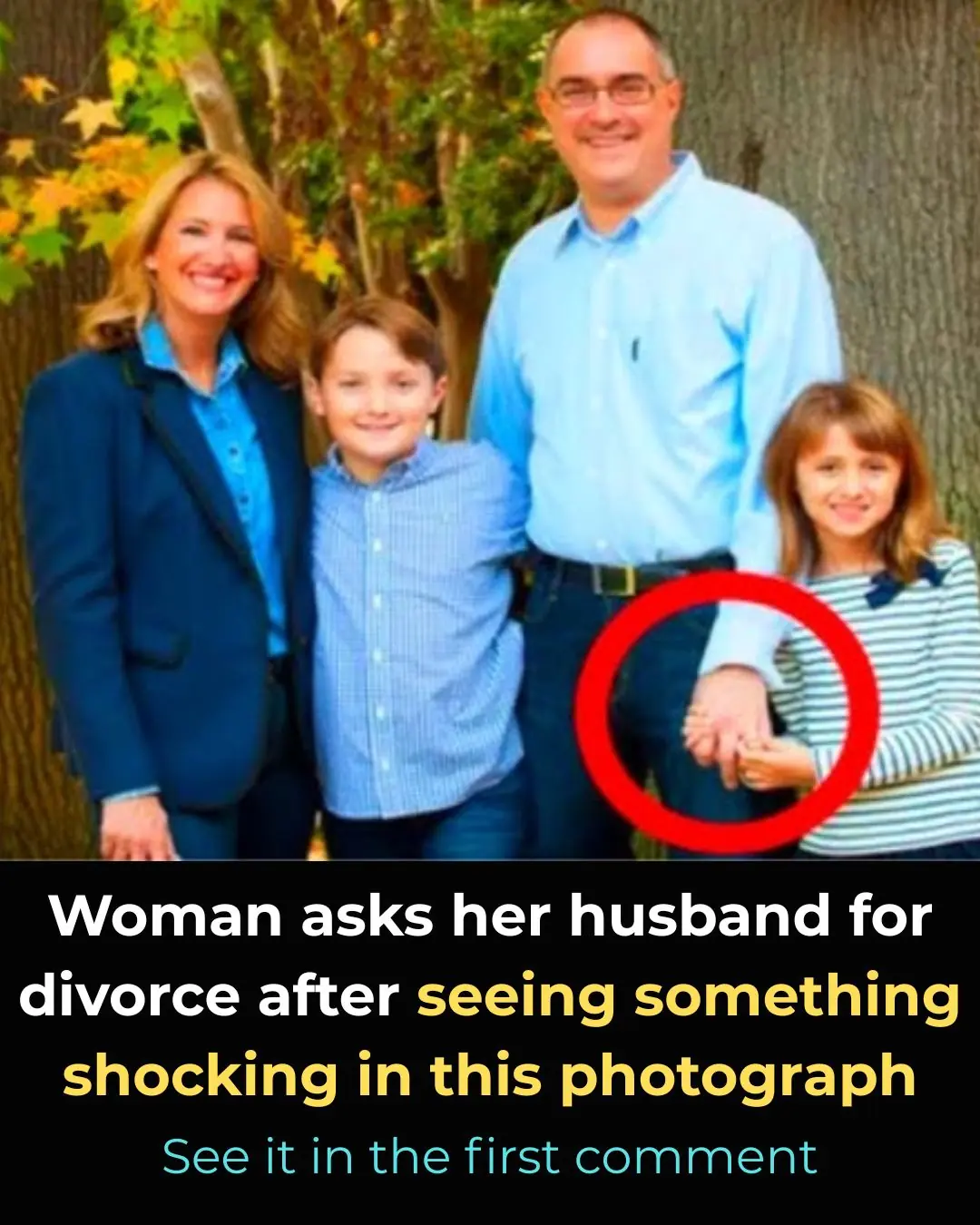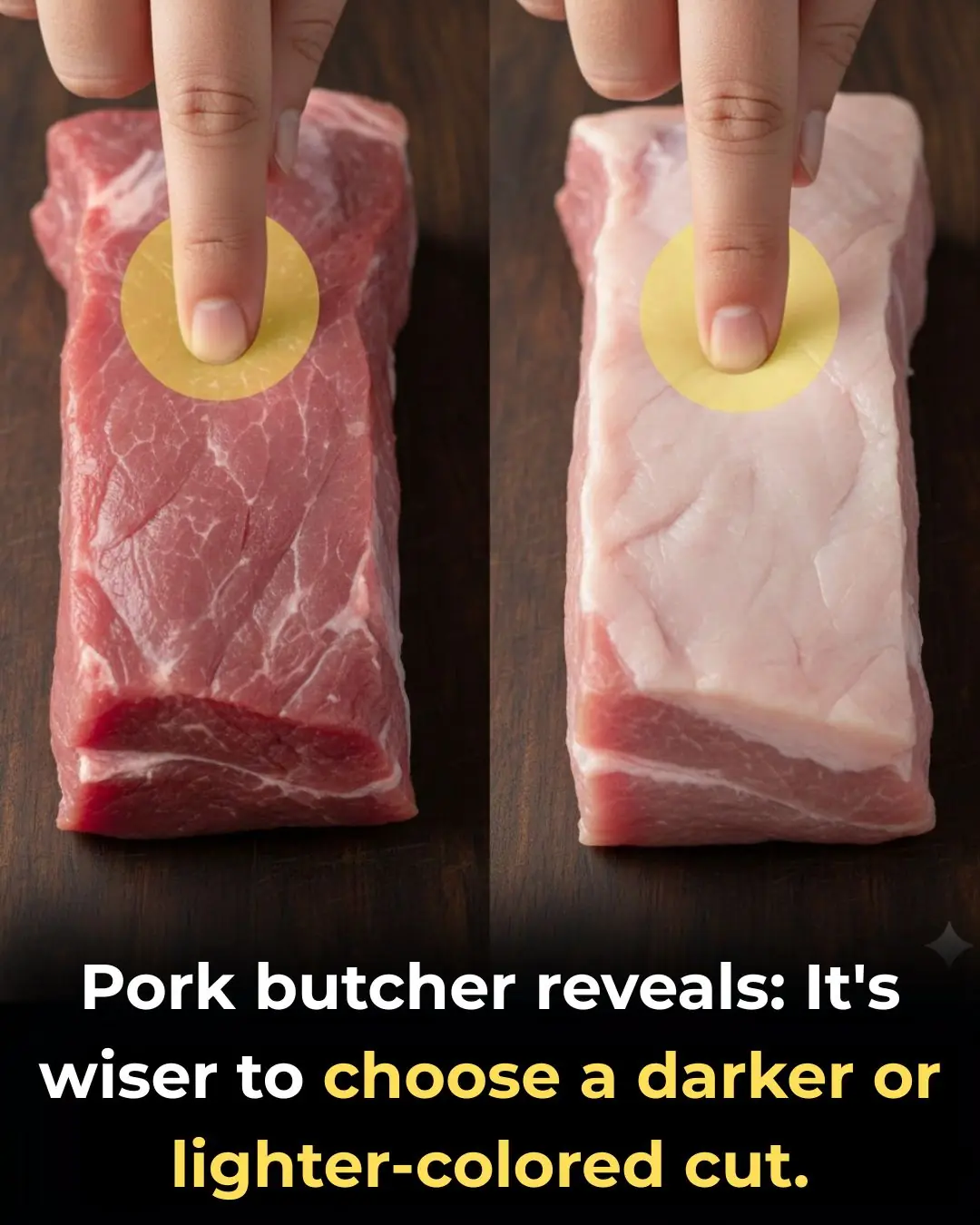
How to Choose Fresh and Delicious Pork: Should You Pick Lighter or Darker Pieces?
How to Choose Fresh and Delicious Pork: Should You Pick Lighter or Darker Pieces?
A well-balanced and nutritious diet has many benefits. On the other hand, a diet lacking in nutrients may cause a variety of unpleasant symptoms. These symptoms are your body’s way of communicating potential vitamin and mineral deficiencies. Recognizing them can help you adjust your diet accordingly.
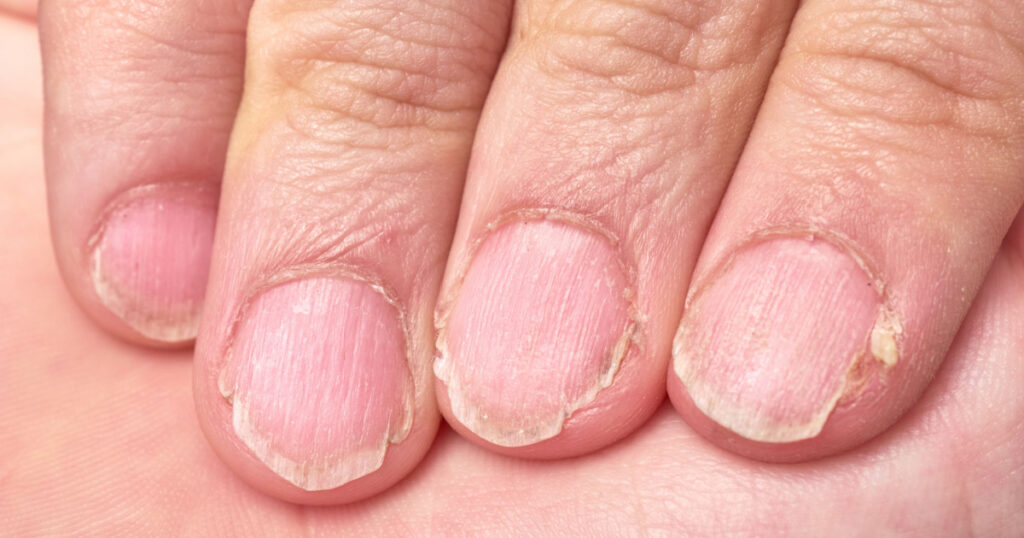
A variety of factors may cause brittle hair and nails. One of them is a lack of biotin. Biotin, also known as vitamin B7, helps the body convert food into energy. A deficiency in biotin is very rare, but when it does occur, brittle, thinning or splitting hair and nails are some of the most noticeable symptoms. Other symptoms of biotin deficiency include chronic fatigue, muscle pain, cramps, and tingling in the hands and feet. Pregnant women, heavy smokers or drinkers and people with digestive disorders like leaky gut syndrome and Crohn’s disease are most at risk of developing a biotin deficiency.
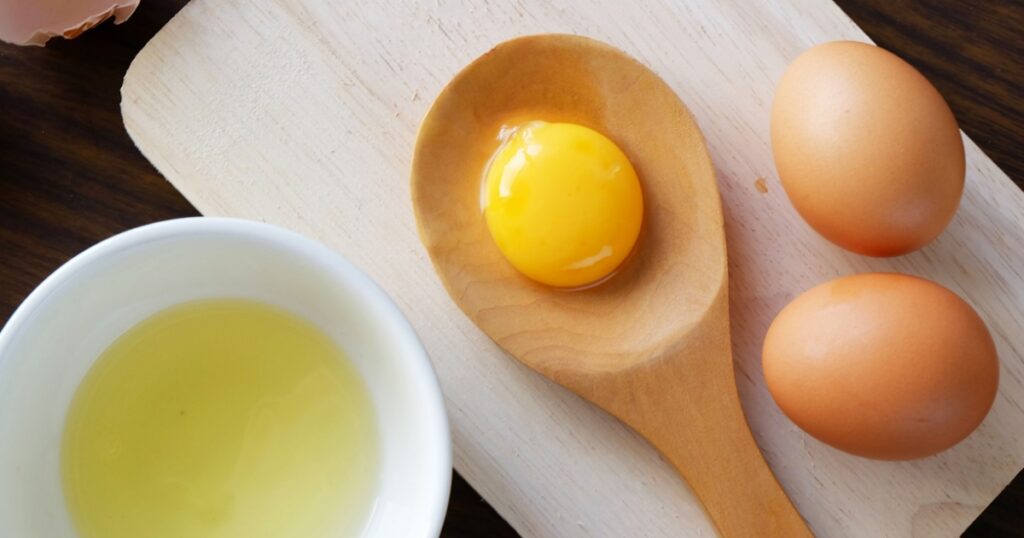
Also, the prolonged use of antibiotics and some anti-seizure medications are risk factors . Eating raw egg whites may cause biotin deficiency as well. That’s because raw egg whites contain avidin, a protein that binds to biotin and can reduce its absorption. Foods rich in biotin include egg yolks, organ meats, fish, meat, dairy, nuts, seeds, spinach, broccoli, cauliflower, sweet potatoes, yeast, whole grains and bananas. Adults with brittle hair or nails might consider trying a supplement that provides about 30 micrograms of biotin per day. However, benefits from supplementing with biotin have only been observed in a few case reports and small studies, so a biotin-rich diet may be the best choice .
SUMMARY: Biotin is a B vitamin involved in many body functions. It plays an important role in the strengthening of hair and nails. A deficiency in this vitamin is generally rare but may occur in certain cases.

Lesions in and around the mouth may partly be linked to an insufficient intake of certain vitamins or minerals. For instance, mouth ulcers, also commonly referred to as canker sores, are often the result of deficiencies in iron or B vitamins. One small study notes that patients suffering from mouth ulcers appear to be twice as likely to have low iron levels. In another small study, around 28% of patients with mouth ulcers had deficiencies in thiamin (vitamin B1), riboflavin (vitamin B2) and pyridoxine (vitamin B6).
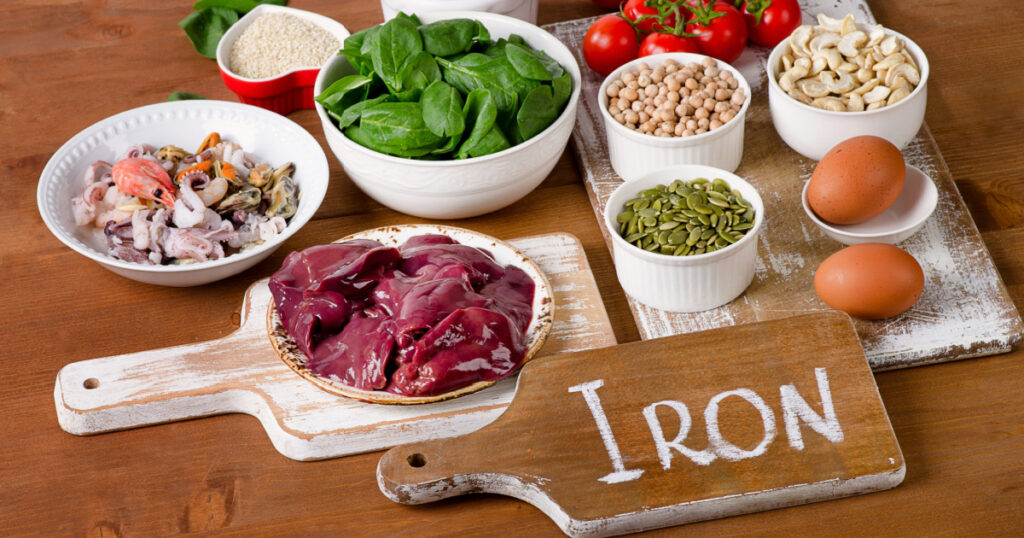
Angular cheilitis, a condition that causes the corners of the mouth to crack, split or bleed, can be caused by excess salivation or dehydration. However, it may also be caused by an insufficient intake of iron and B vitamins, particularly riboflavin. Foods rich in iron include poultry, meat, fish, legumes, dark leafy greens, nuts, seeds and whole grains. Good sources of thiamin, riboflavin and pyridoxine include whole grains, poultry, meat, fish, eggs, dairy, organ meats, legumes, green vegetables, starchy vegetables, nuts and seeds. If you experience these symptoms, try adding the foods above to your diet to see if your symptoms improve.
SUMMARY: People with mouth ulcers or cracks at the corners of the mouth may want to try consuming more foods rich in thiamin, riboflavin, pyridoxine and iron to alleviate symptoms.
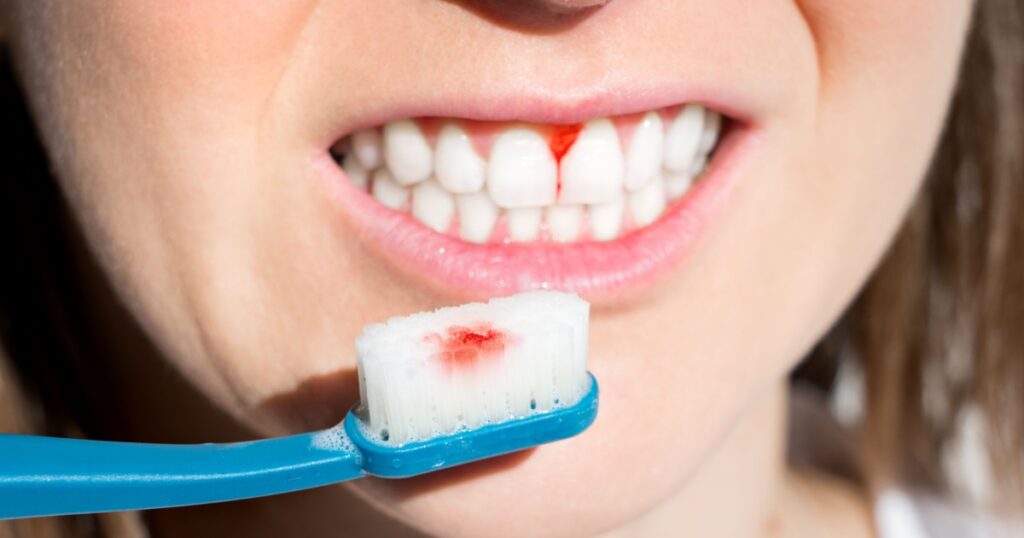
Sometimes a rough tooth brushing technique is at the root of bleeding gums, but a diet lacking in vitamin C can also be to blame. Vitamin C plays important roles in wound healing, immunity and even acts as an antioxidant, helping prevent cell damage. The human body does not make vitamin C on its own, which means the only way to maintain adequate levels of it is through the diet. Vitamin C deficiencies are rare in individuals who consume enough fresh fruits and vegetables. That said, many people fail to eat enough fruits and vegetables each day. This may explain why studies performing routine screenings of healthy populations estimate low vitamin C levels in 13–30% of the population, with 5–17% of people being deficient.
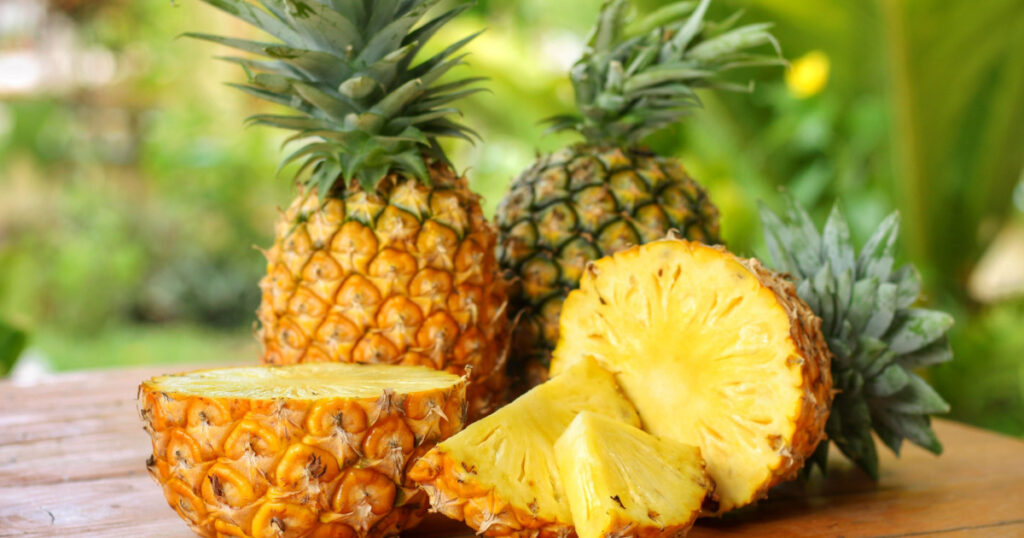
Consuming very little vitamin C through the diet for long periods of time can bring on symptoms of deficiency, including bleeding gums and even tooth loss. Another serious consequence of severe vitamin C deficiency is scurvy, which depresses the immune system, weakens muscles and bones and makes people feel fatigued and lethargic. Other common signs of vitamin C deficiency include easy bruising, slow wound healing, dry scaly skin and frequent nosebleeds. Make sure to consume sufficient amounts of vitamin C by eating at least 2 pieces of fruit and 3–4 portions of vegetables each day.
SUMMARY: People who eat few fresh fruits and vegetables may develop a deficiency in vitamin C. This can lead to unpleasant symptoms like bleeding gums, a weakened immune system and, in severe cases, tooth loss and scurvy.

A nutrient-poor diet can sometimes cause vision problems. For instance, low intakes of vitamin A are often linked to a condition known as night blindness, which reduces people’s ability to see in low light or darkness. That’s because vitamin A is necessary to produce rhodopsin, a pigment found in the retinas of the eyes that helps you see at night. When left untreated, night blindness can progress to xerophthalmia, a condition that can damage the cornea and ultimately lead to blindness. Another early symptom of xerophthalmia is Bitot’s spots, which are slightly elevated, foamy, white growths that occur on the conjunctiva or white part of the eyes.
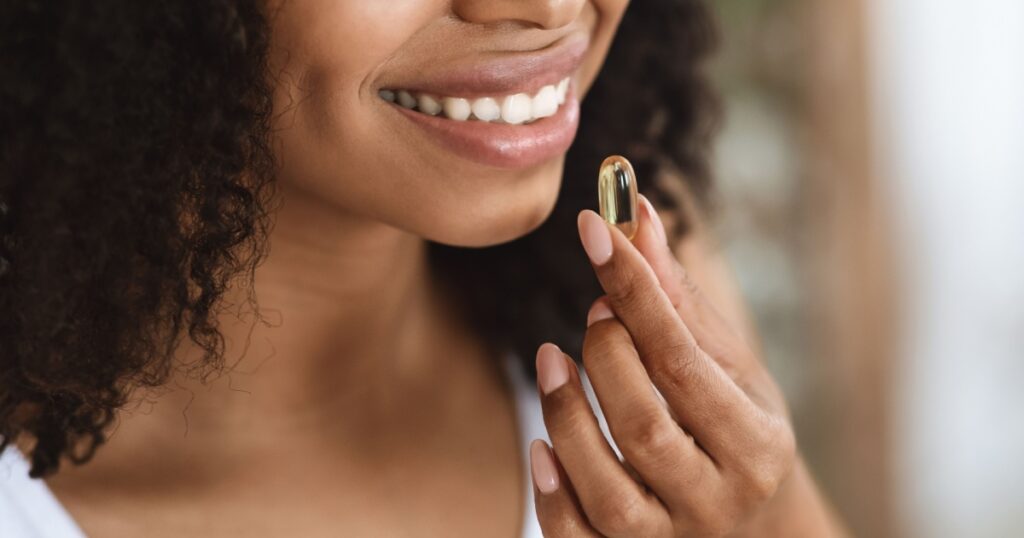
The growths can be removed to a certain extent but only fully disappear once the vitamin A deficiency is treated. Luckily, vitamin A deficiency is rare in developed countries. Those who suspect their vitamin A intake to be insufficient can try eating more vitamin A-rich foods, such as organ meats, dairy, eggs, fish, dark leafy greens and yellow-orange colored vegetables. Unless diagnosed with a deficiency, most people should avoid taking vitamin A supplements. That’s because vitamin A is a fat-soluble vitamin, which, when consumed in excess, can accumulate in the body’s fat stores and become toxic. Symptoms of vitamin A toxicity can be serious and range from nausea and headaches to skin irritation, joint and bone pain and, in severe cases, even coma or death.
SUMMARY: Low vitamin A intake may cause poor night vision or growths on the white part of the eyes. Adding more vitamin A-rich foods to your diet can help you avoid or reduce these symptoms.
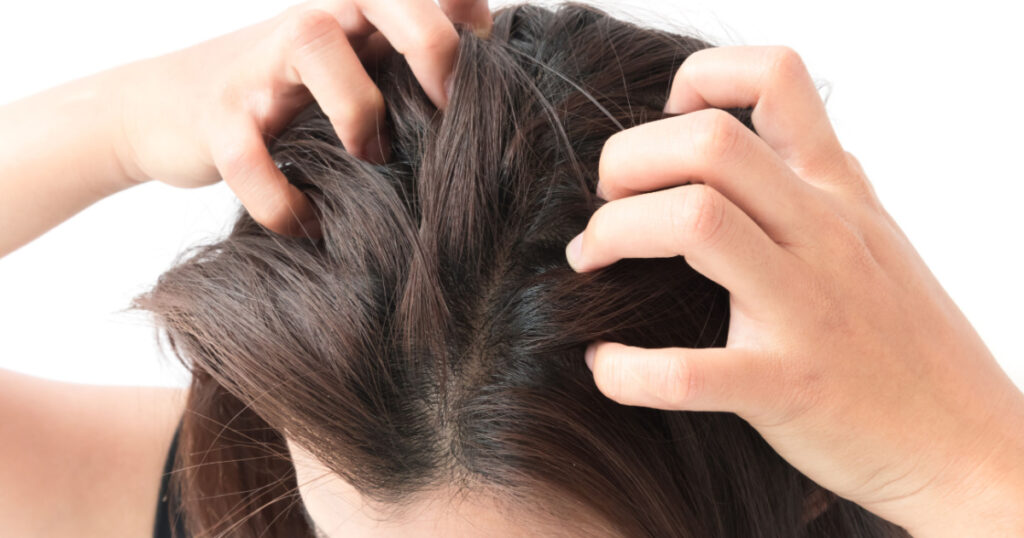
Seborrheic dermatitis (SB) and dandruff are part of the same group of skin disorders that affects the oil-producing areas of your body. Both involve itchy, flaking skin. Dandruff is mostly restricted to the scalp, whereas seborrheic dermatitis can also appear on the face, upper chest, armpits and groin. The likelihood of these skin disorders is highest within the first three months of life, during puberty and in mid-adulthood. Studies show that both conditions are also very common. Up to 42% of infants and 50% of adults may suffer from dandruff or seborrheic dermatitis at one point or another.
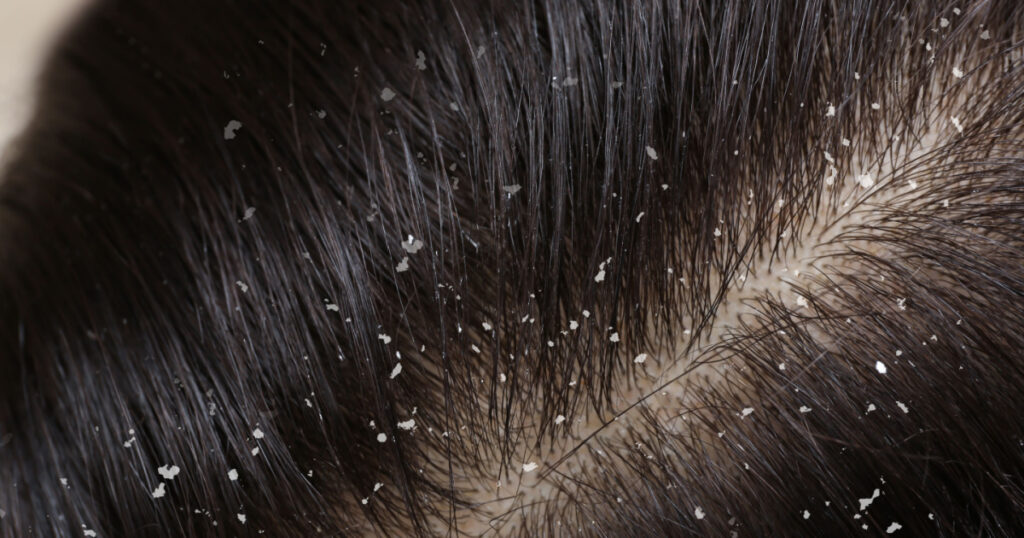
Dandruff and seborrheic dermatitis may be caused by many factors, with a nutrient-poor diet being one of them. For instance, low blood levels of zinc, niacin (vitamin B3), riboflavin (vitamin B2) and pyridoxine (vitamin B6) may each play a role. The exact link between a nutrient-poor diet and these skin conditions is not fully understood. However, people suffering from dandruff or seborrheic dermatitis might want to consume more of these nutrients. Foods rich in niacin, riboflavin and pyridoxine include whole grains, poultry, meat, fish, eggs, dairy, organ meats, legumes, green vegetables, starchy vegetables, nuts and seeds. Seafood, meat, legumes, dairy, nuts and whole grains are all good sources of zinc. SUMMARY: Stubborn dandruff and scaly patches on the scalp, eyebrows, ears, eyelids and chest may be caused by low intake of zinc, niacin, riboflavin and pyridoxine. Adding these nutrients to the diet may help reduce symptoms.
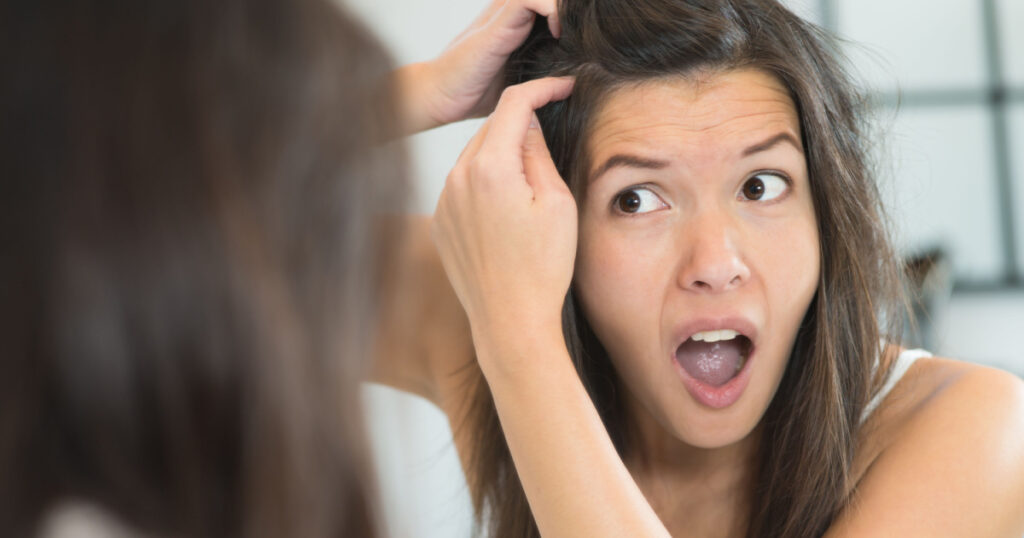
Hair loss is a very common symptom. In fact, up to 50% of men and women report suffering from hair loss by the time they reach 50 years of age.
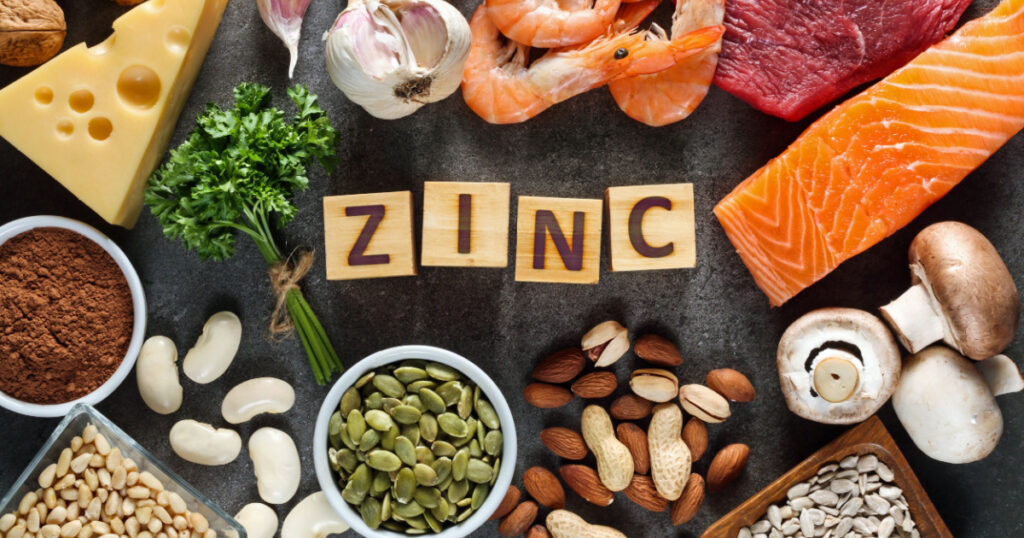
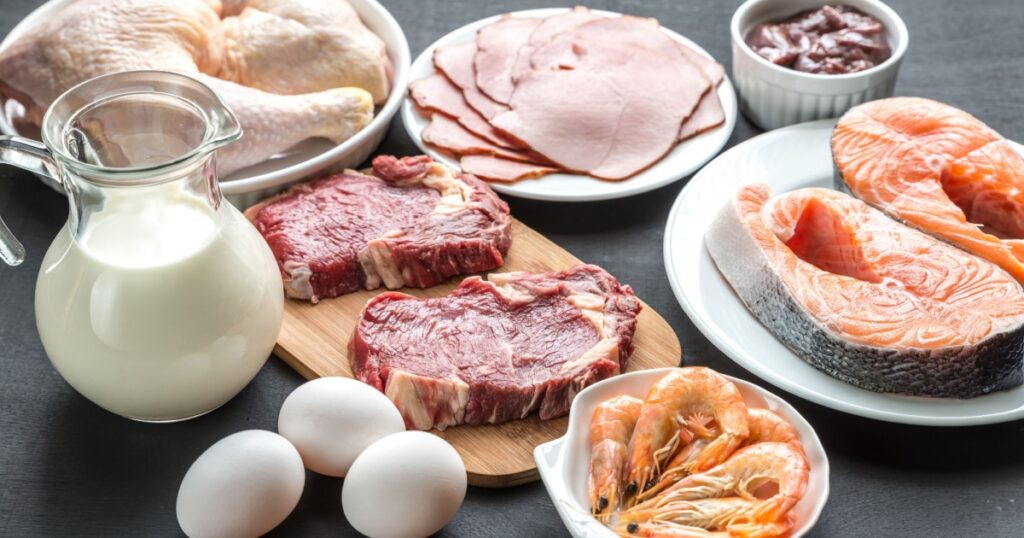
Meat, fish, eggs, legumes, dark leafy greens, nuts, seeds and whole grains are good sources of iron and zinc. Niacin-rich foods include meat, fish, dairy, whole grains, legumes, nuts, seeds and leafy greens. These foods are also rich in biotin, which is also found in egg yolks and organ meat. Leafy vegetables, nuts, whole grains and vegetable oils are rich in LA, while walnuts, flaxseeds, chia seeds and soy nuts are rich in ALA. Many supplements are marketed for preventing hair loss. Many of them contain a combination of the nutrients above, in addition to several others. These supplements appear to boost hair growth and reduce hair loss in people with documented deficiencies in the aforementioned nutrients. However, there is very limited research on the benefits of such supplements in the absence of a deficiency. It’s also worth noting that taking vitamin and mineral supplements in the absence of a deficiency may actually worsen hair loss, rather than help it. For instance, excess selenium and vitamin A, two nutrients often added to hair growth supplements, have both been linked to hair loss. Unless your healthcare provider confirms a deficiency, it’s best to opt for diets rich in these nutrients, rather than supplements.
SUMMARY: The vitamins and minerals mentioned above are needed for hair growth, so diets rich in them may help prevent hair loss. However, the use of supplements, except in the case of a deficiency, may cause more harm than good.
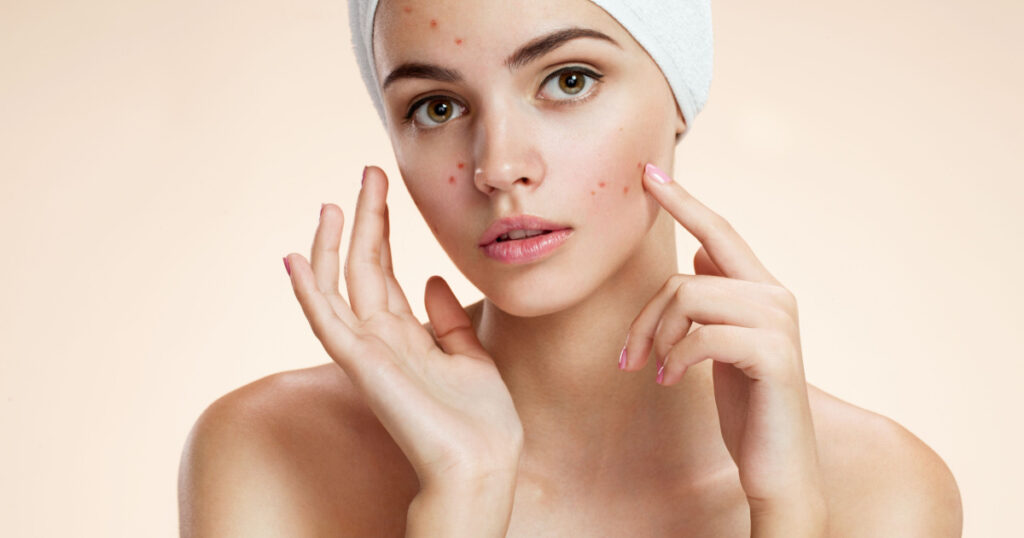
Some people suffer from keratosis pilaris, a condition that causes goosebump-like bumps to appear on the cheeks, arms, thighs or buttocks. These little bumps may also be accompanied by corkscrew or ingrown hairs. Keratosis pilaris often appears in childhood and naturally disappears in adulthood. The cause of these little bumps is still not fully understood, but they may appear when too much keratin is produced in hair follicles. This produces elevated bumps on the skin, which can appear either red or white.
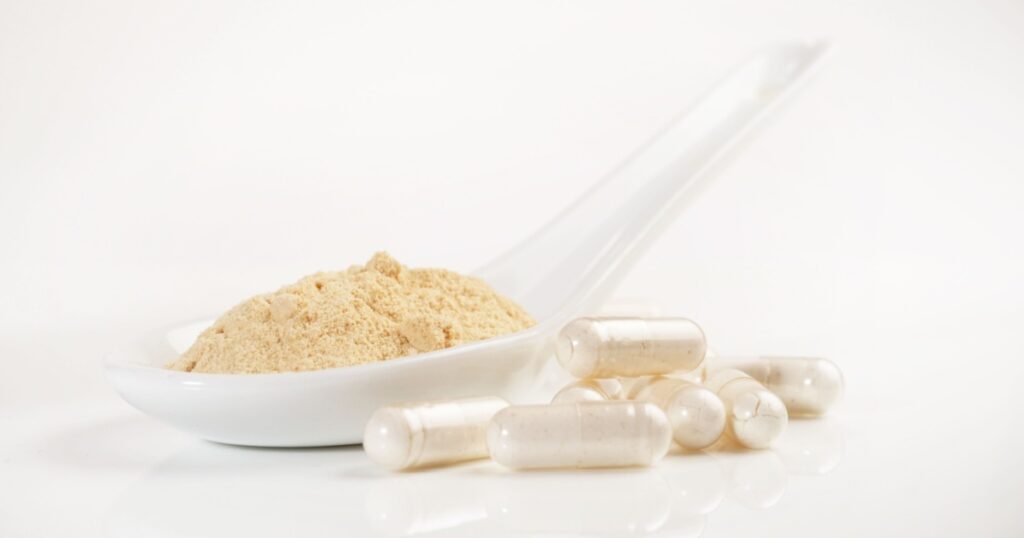
Keratosis pilaris may have a genetic component, meaning that a person is more likely to have it if a family member has it. That said, it has also been observed in people with diets low in vitamins A and C. Thus, in addition to traditional treatments with medicated creams, people with this condition may consider adding foods rich in vitamins A and C to their diet. These include organ meats, dairy, eggs, fish, dark leafy greens, yellow-orange colored vegetables and fruit.
SUMMARY: Inadequate intake of vitamins A and C may be linked to keratosis pilaris, a condition that leads to the appearance of red or white bumps on the skin.

Restless leg syndrome (RLS), also known as Willis-Ekbom disease, is a nerve condition that causes unpleasant or uncomfortable sensations in the legs, as well as an irresistible urge to move them. According to the National Institute of Neurological Disorders and Stroke, RLS affects up to 10% of Americans, with women twice as likely to experience the condition. For most people, the urge to move seems to intensify when they’re relaxing or trying to sleep. The exact causes of RLS are not fully understood. However, there appears to be a link between symptoms of RLS and a person’s blood iron levels. For instance, several studies link low blood iron stores to an increased severity of RLS symptoms. Several studies also note that symptoms often appear during pregnancy, a time in which women’s iron levels tend to drop.
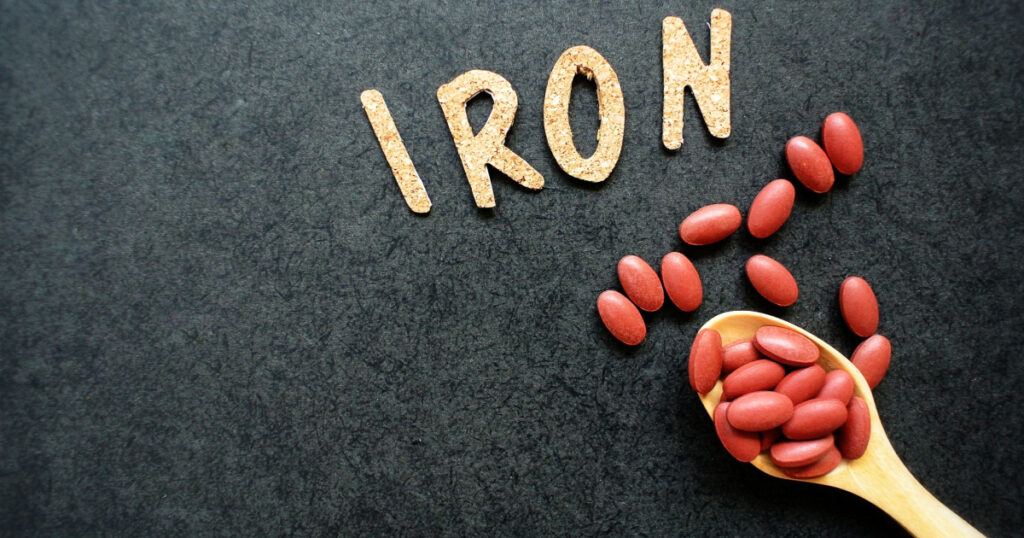
Supplementing with iron generally helps decrease RLS symptoms, especially in people with a diagnosed iron deficiency. However, the effects of supplementation may vary from person to person. Since higher iron intakes appear to reduce symptoms, increasing the intake of iron-rich foods, such as meat, poultry, fish, legumes, dark leafy greens, nuts, seeds and whole grains, may also be beneficial. It may be especially handy to combine these iron-rich foods with vitamin C-rich fruits and vegetables, as these can help increase iron absorption. Using cast-iron pots and pans and avoiding tea or coffee at meals can also help boost iron absorption. Nevertheless, it’s worth noting that unnecessary supplementation can do more harm than good and may reduce the absorption of other nutrients. Extremely high iron levels can even be fatal in some cases, so it’s best to always consult your healthcare professional before taking supplements.
SUMMARY: Restless leg syndrome is often linked to low iron levels. Those with this condition may want to increase their intake of iron-rich foods and discuss supplementation with their healthcare professional.
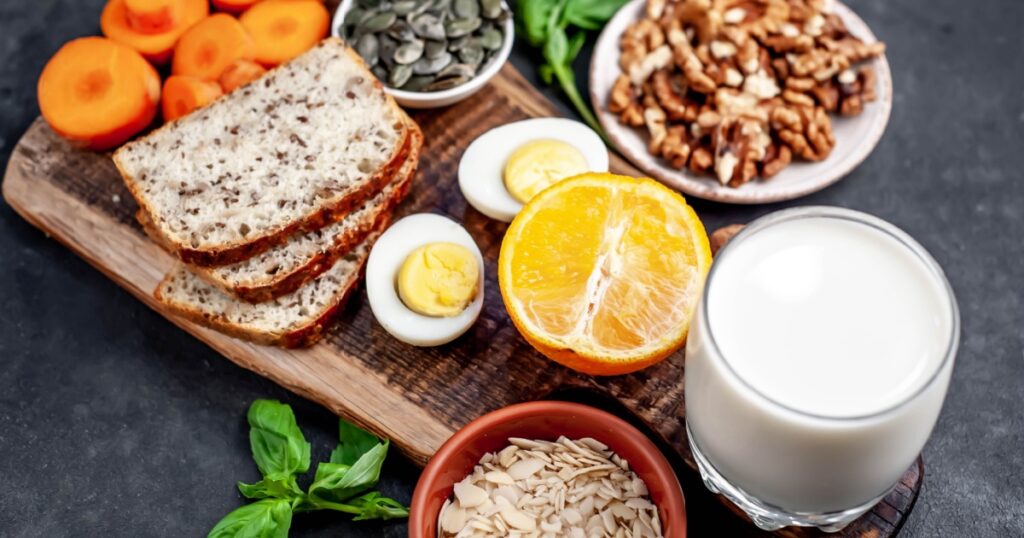
A diet that provides too little vitamins and minerals can cause the appearance of several symptoms, some of which are more common than others. Often, increasing your intake of foods rich in the appropriate vitamins and minerals can help resolve or greatly reduce your symptoms.

How to Choose Fresh and Delicious Pork: Should You Pick Lighter or Darker Pieces?
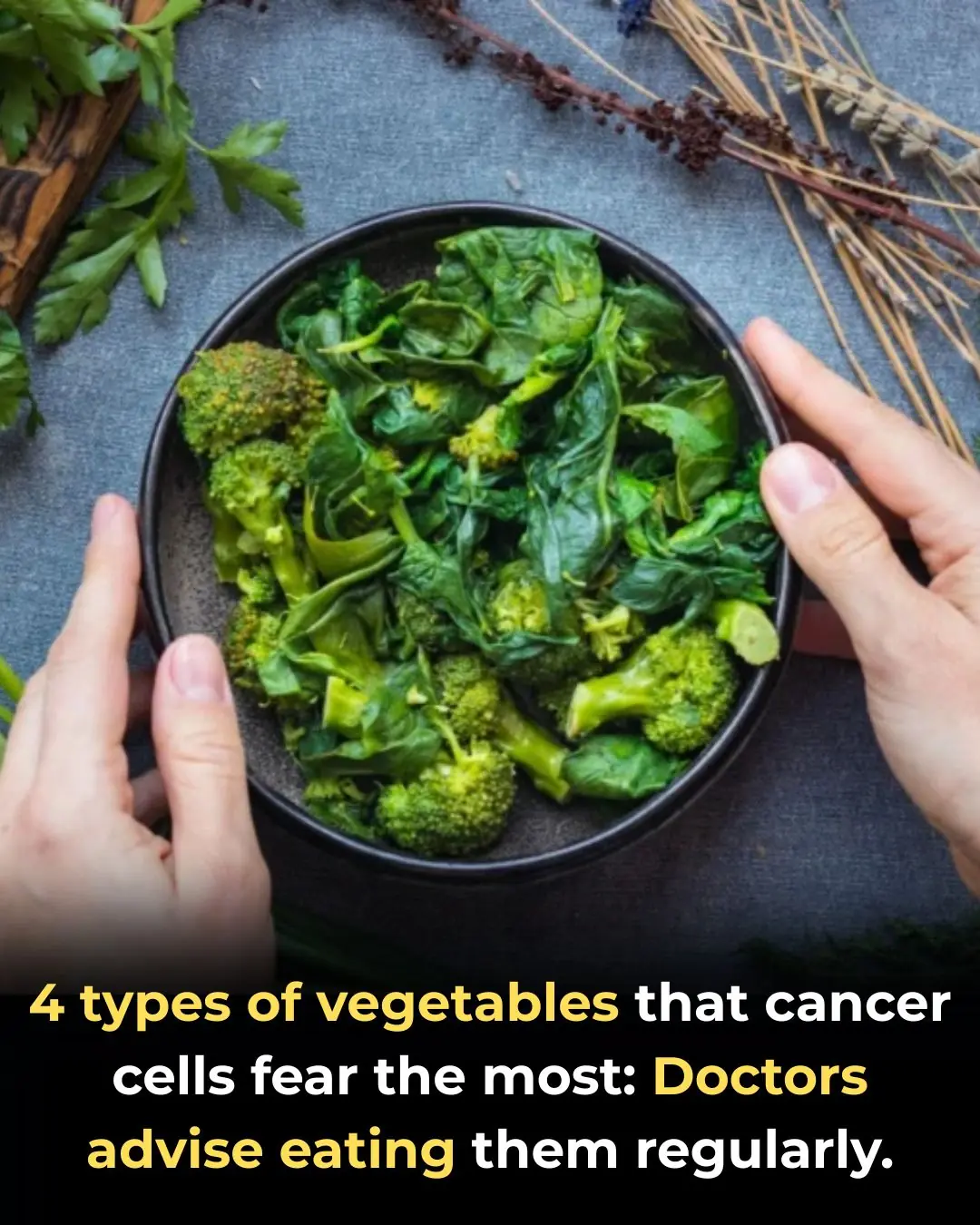
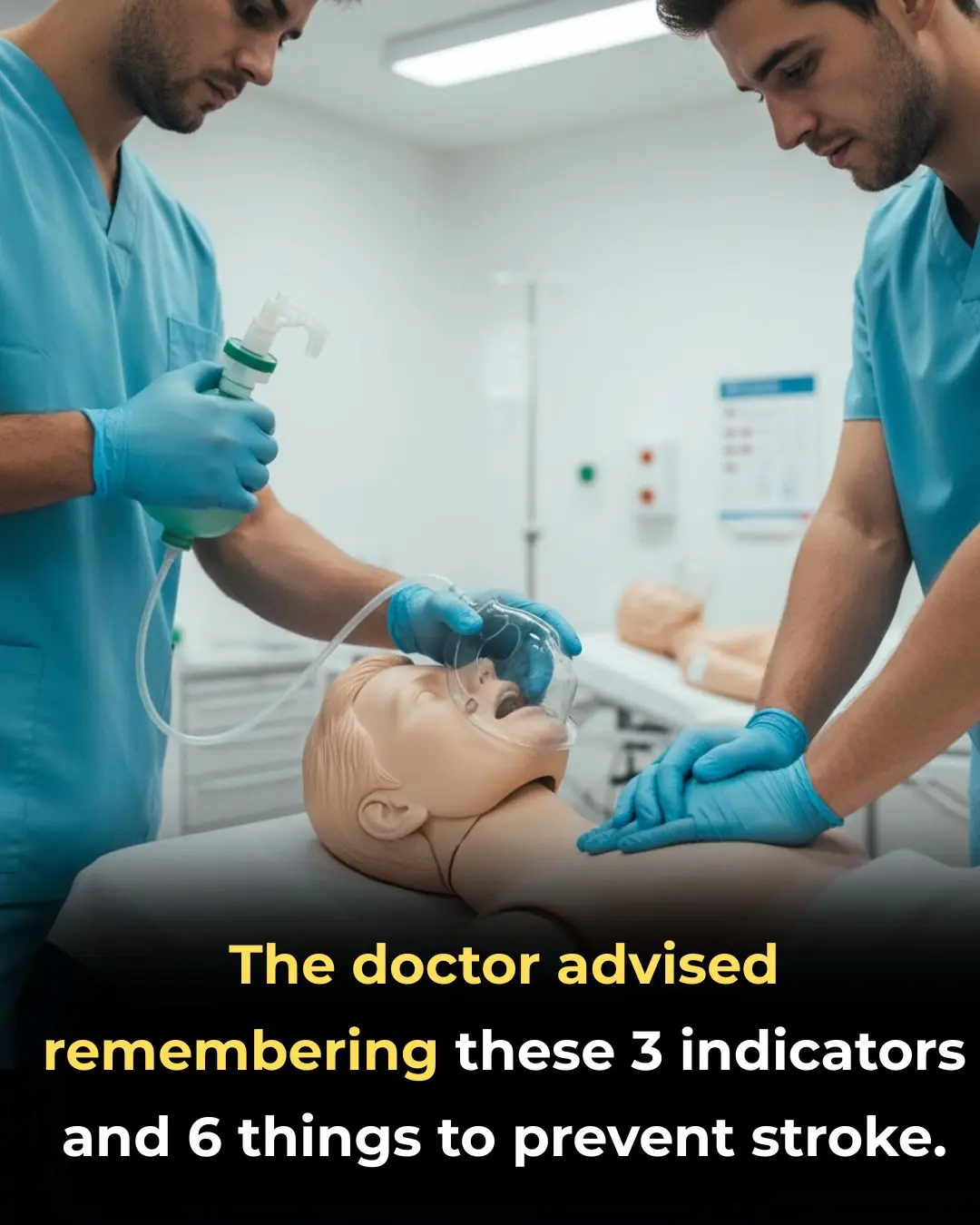


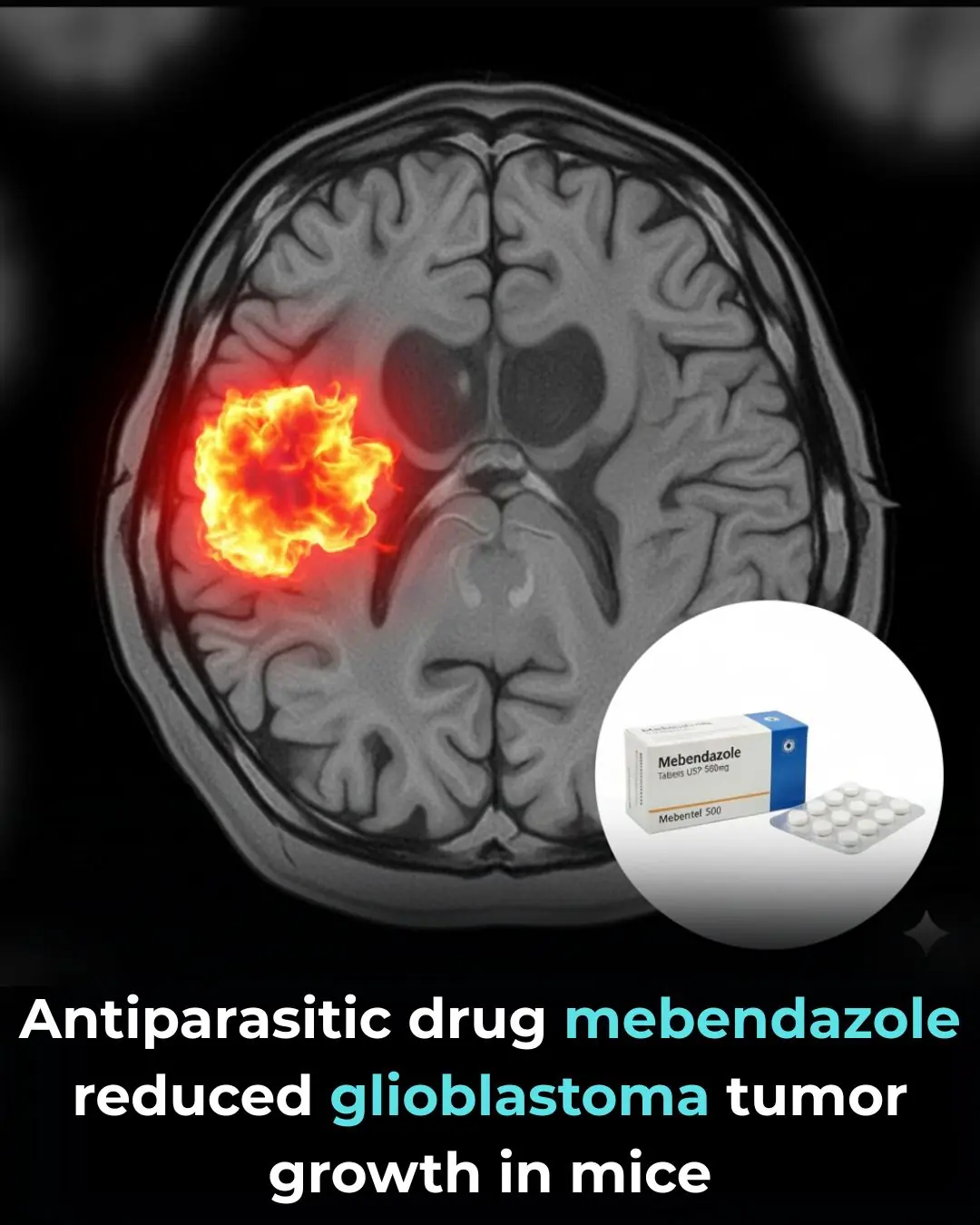
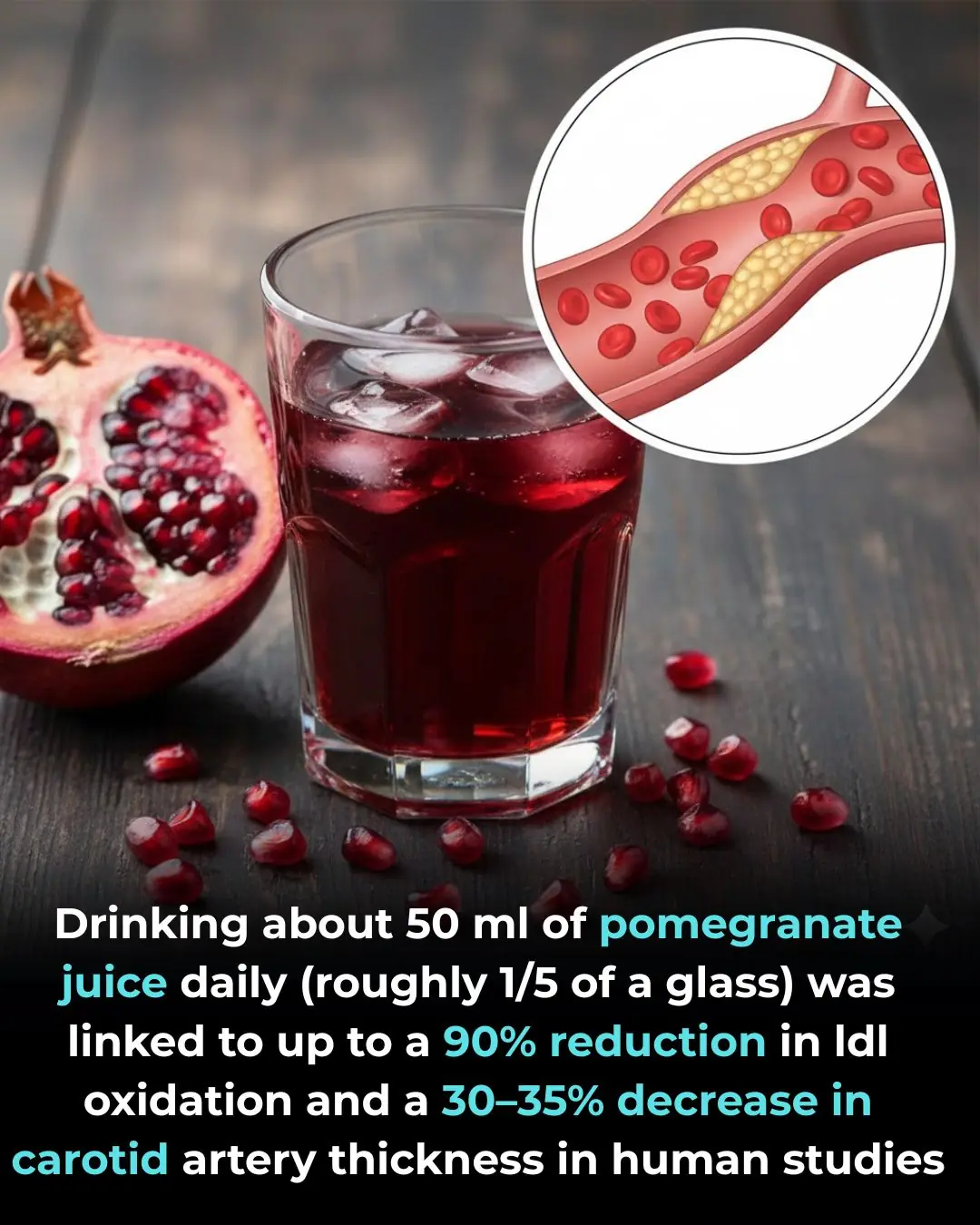


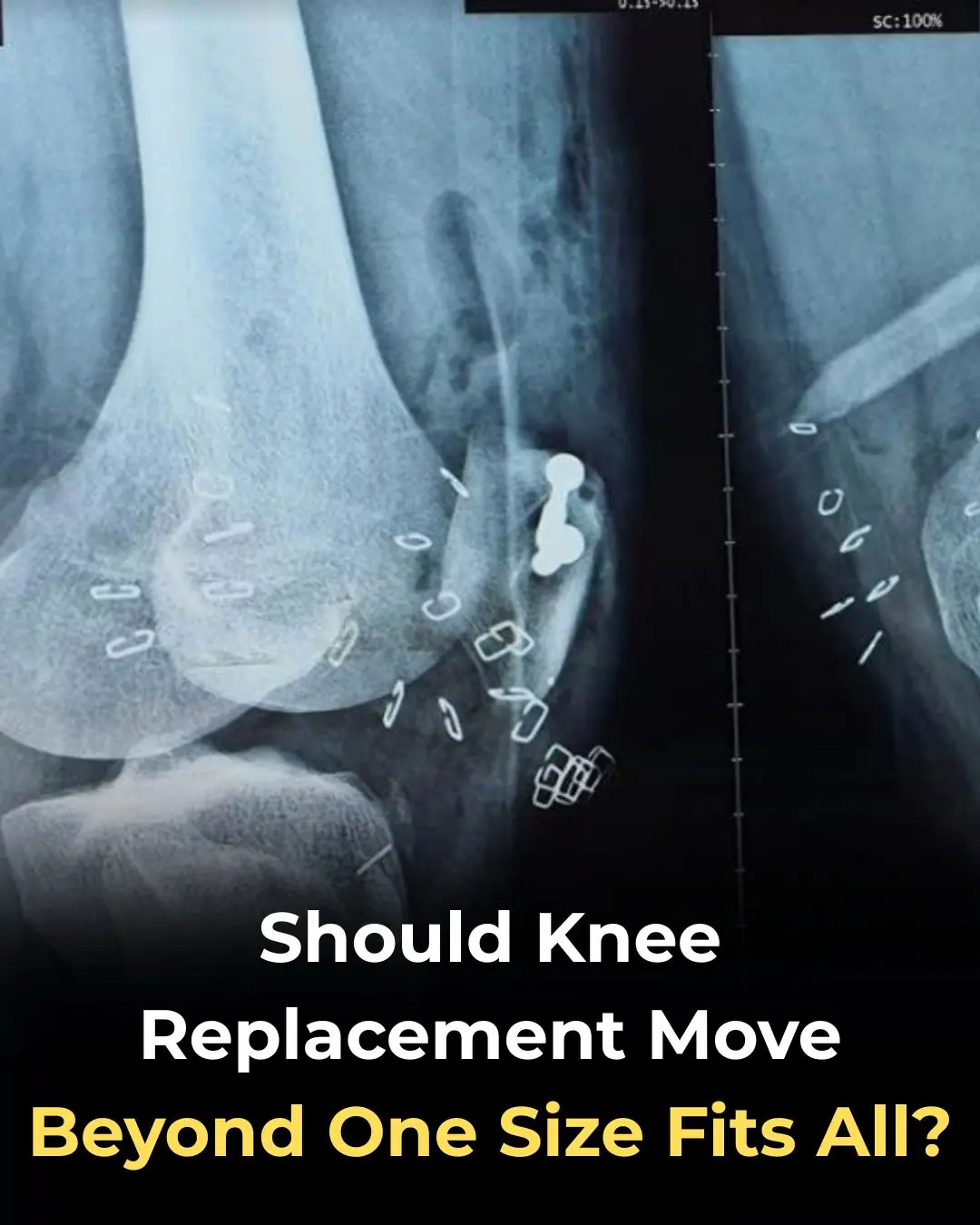
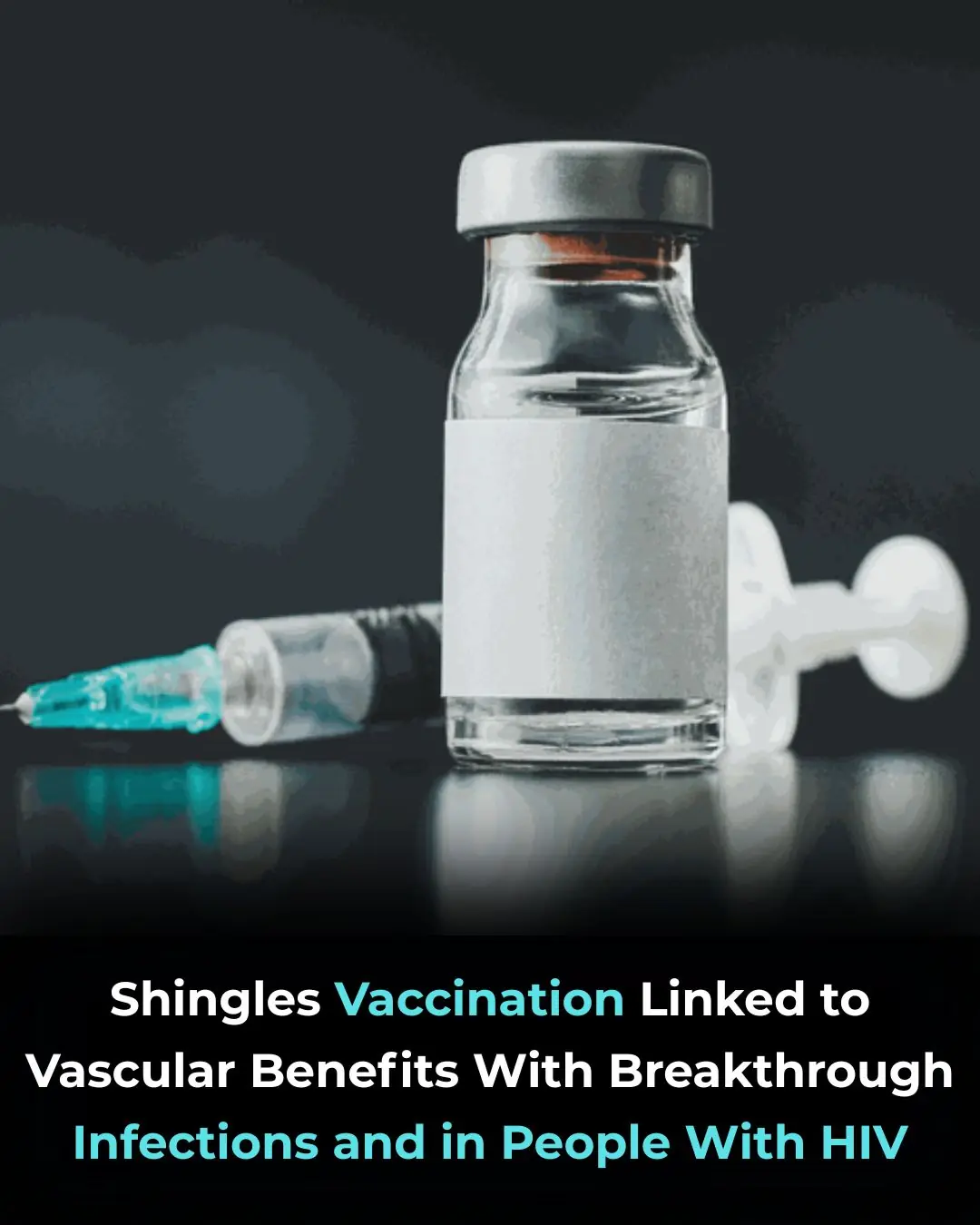
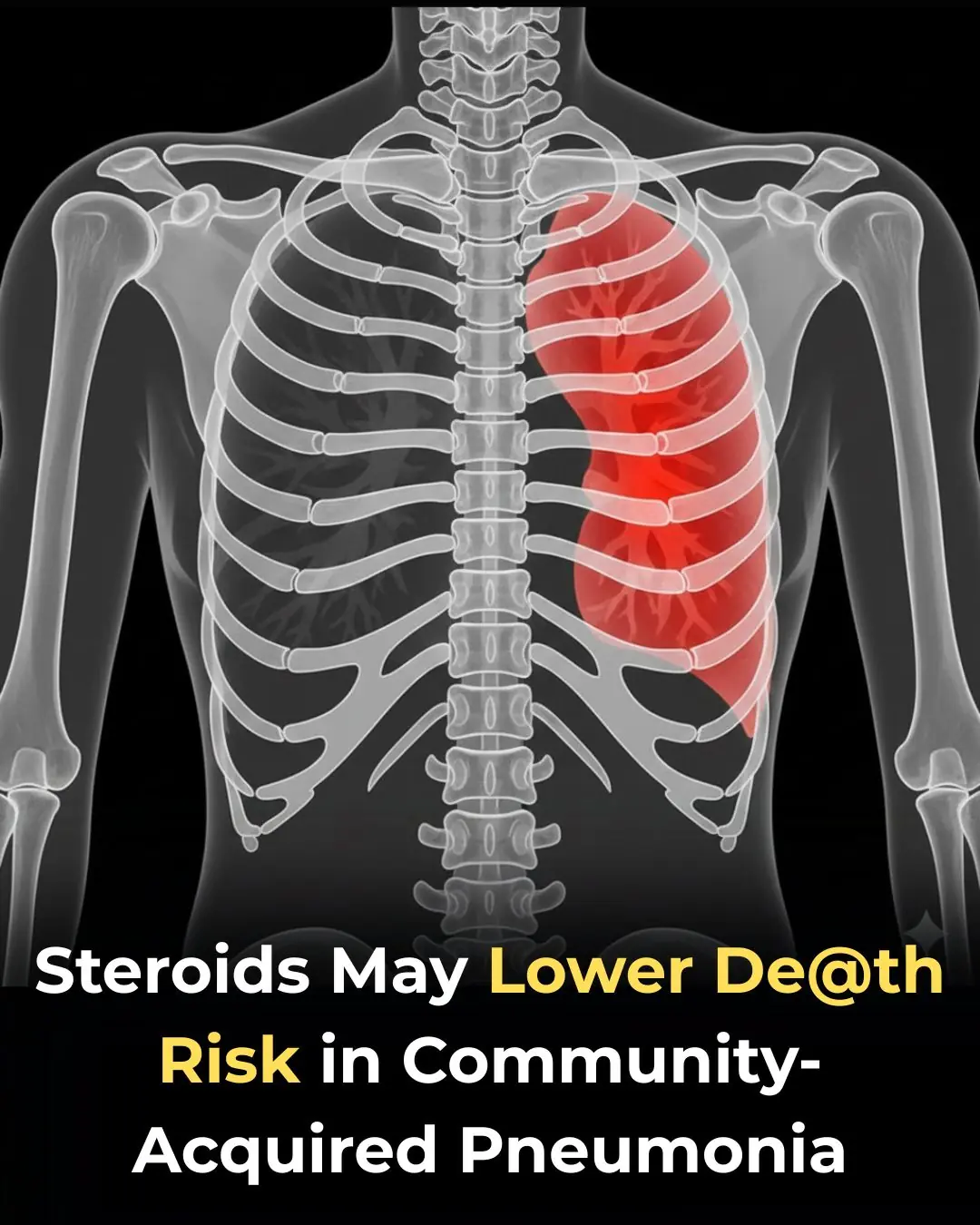
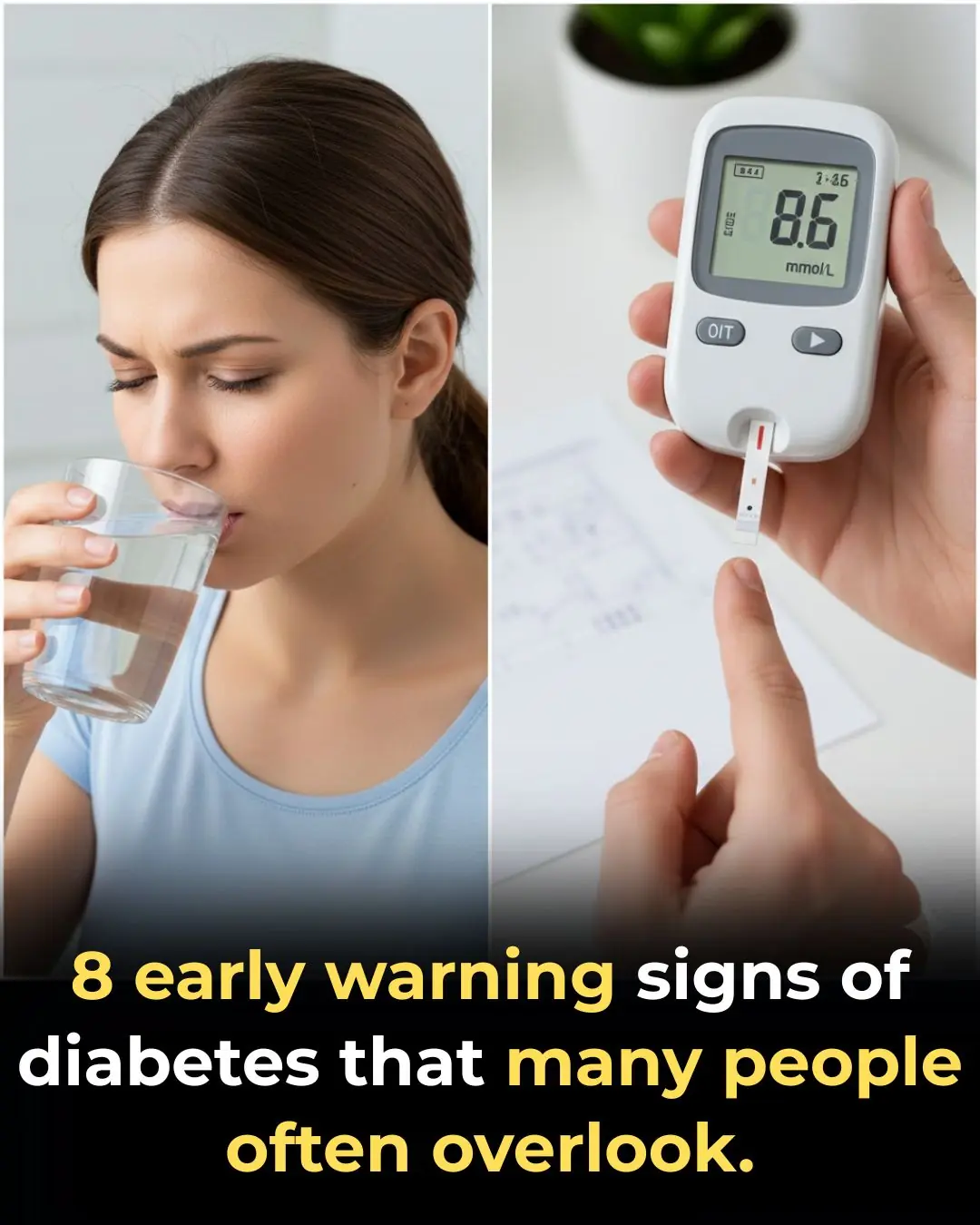


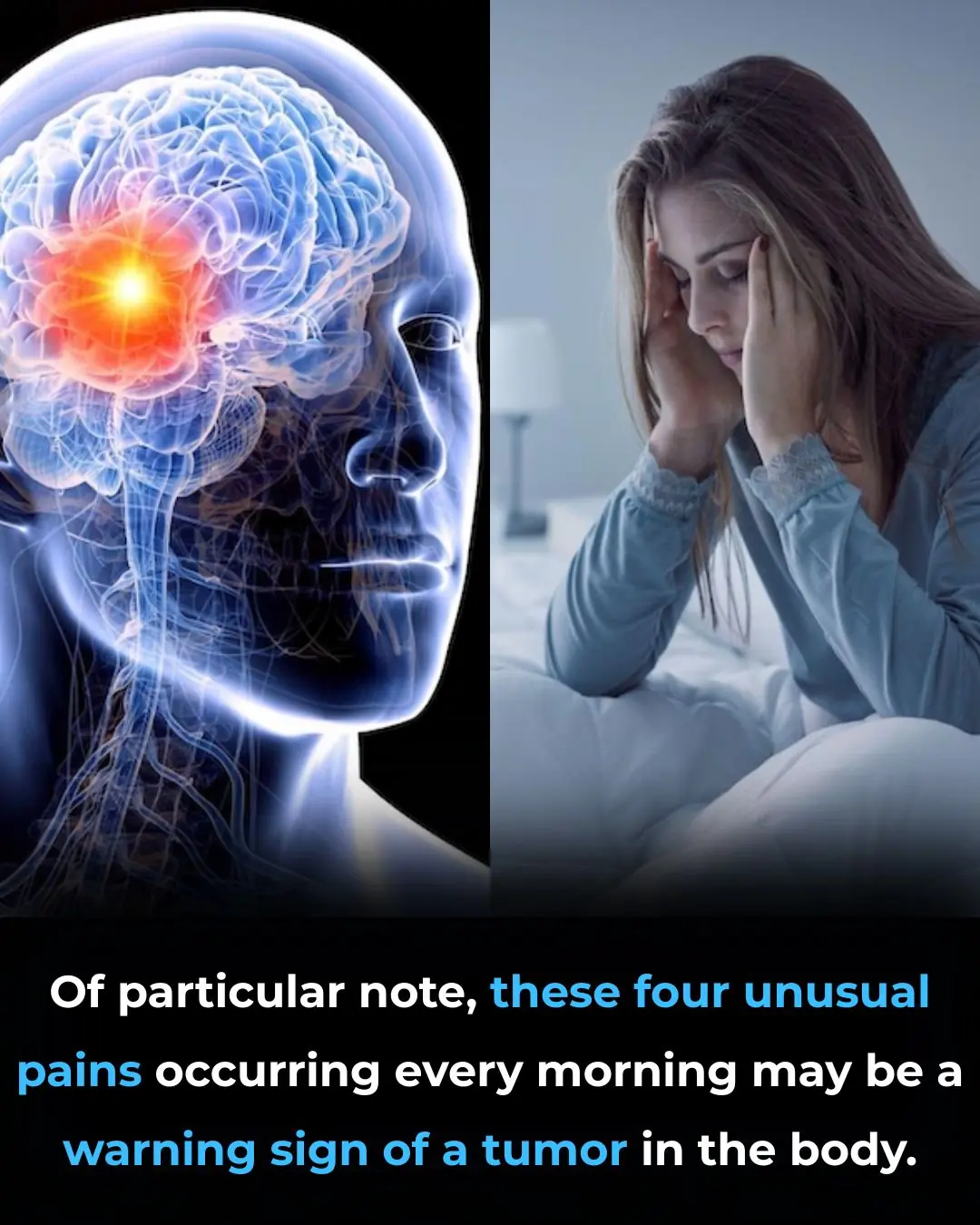
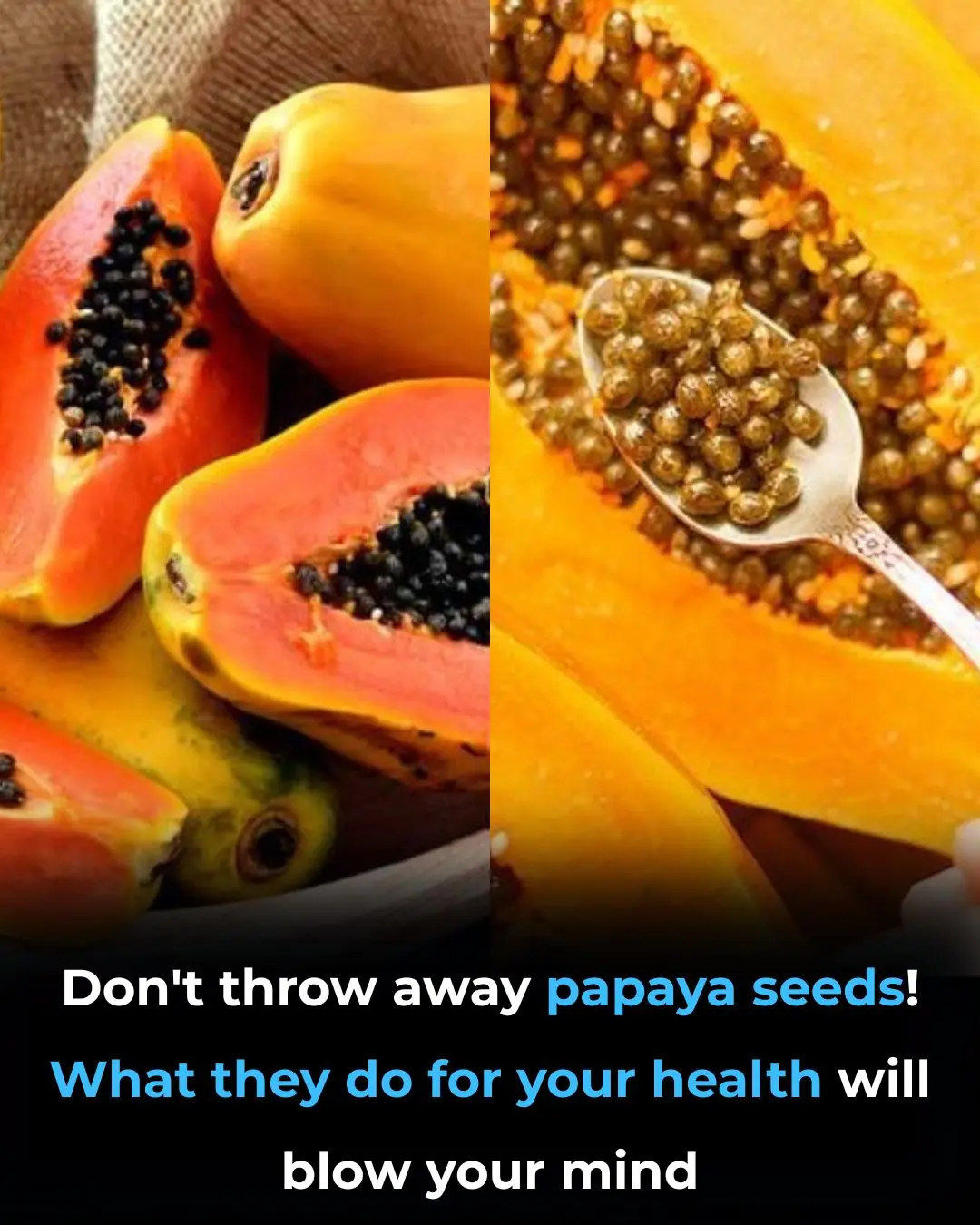
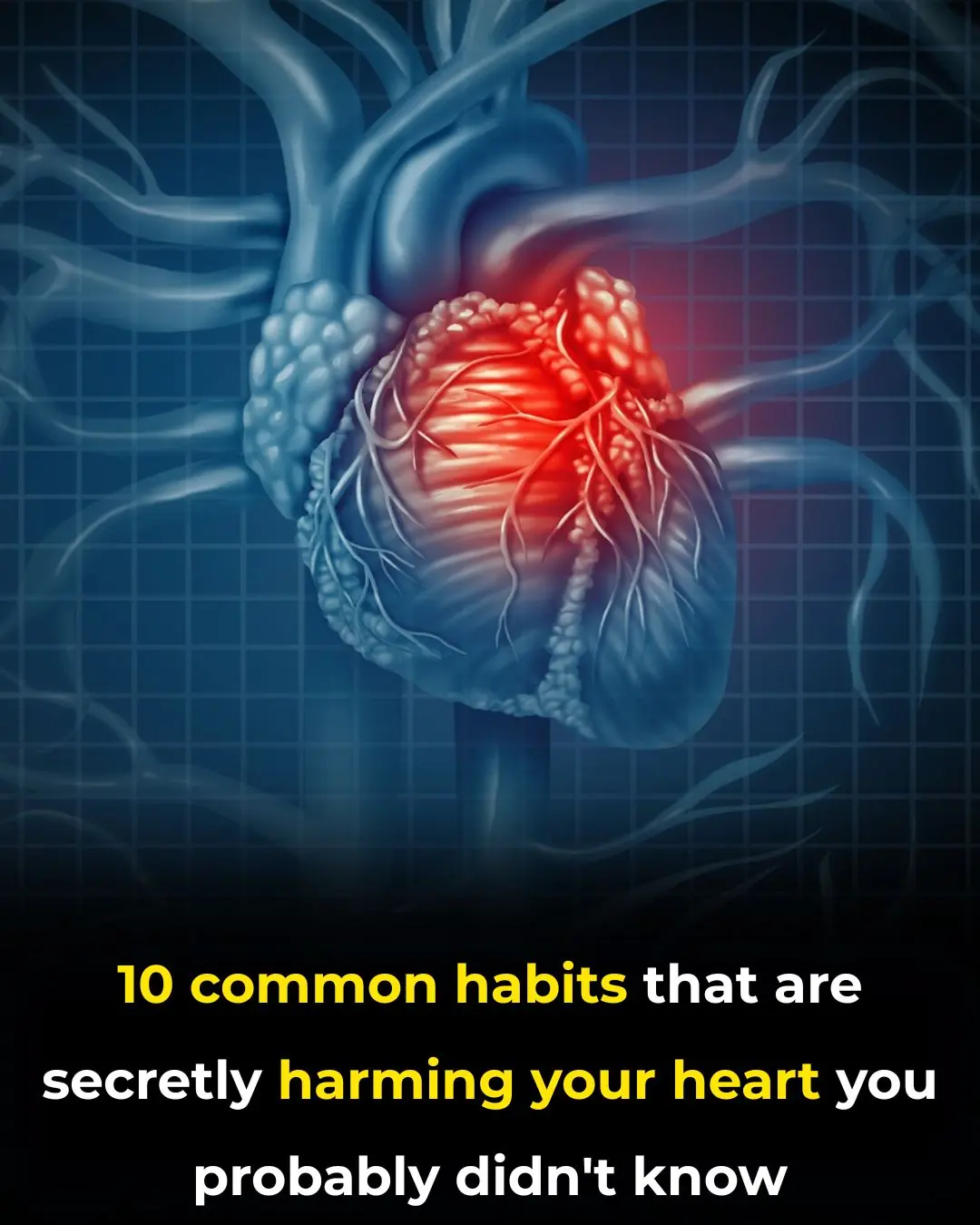
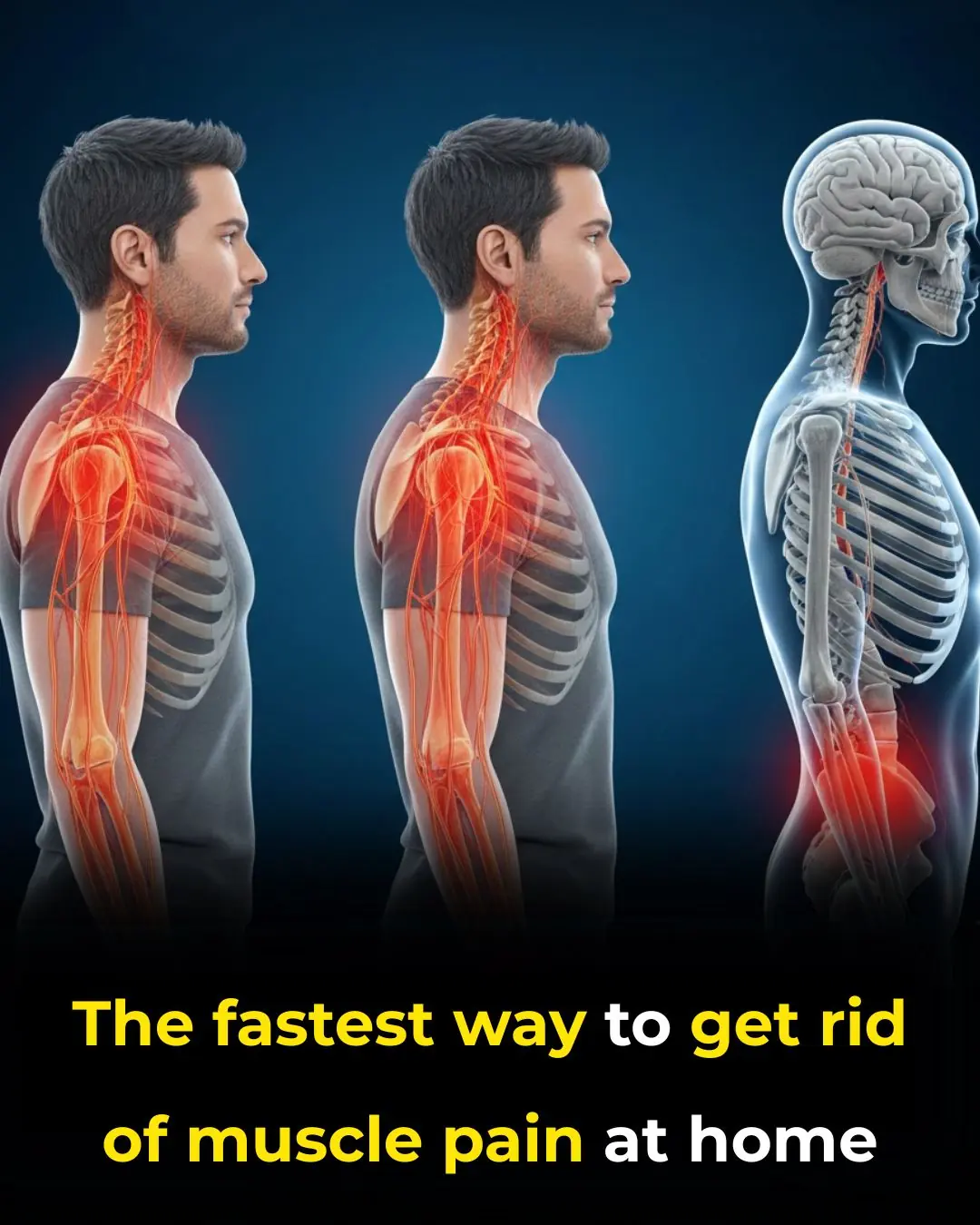
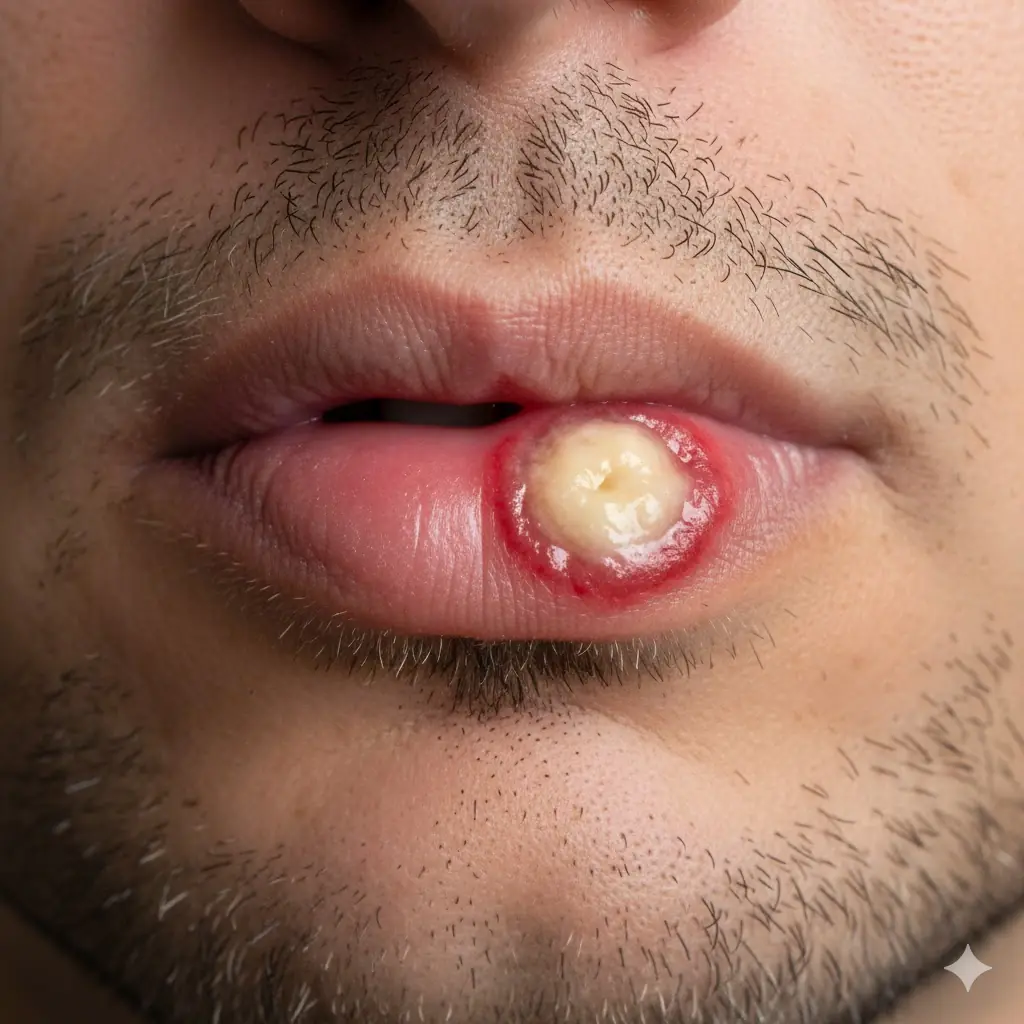


How to Choose Fresh and Delicious Pork: Should You Pick Lighter or Darker Pieces?






